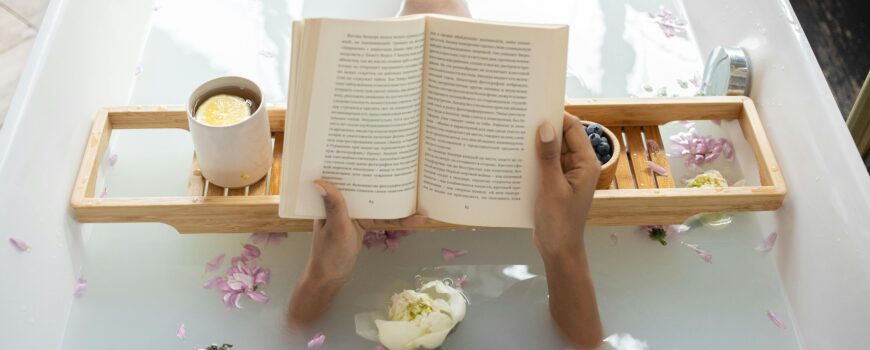Tea tasting is a refined art that involves evaluating the appearance, aroma, and flavor of tea. Whether you are a tea enthusiast or a professional taster, the following steps will guide you through the process of tasting tea: How to Taste Tea: A Step-by-Step Guide
1. Prepare Your Tools and Environment
- Tools Needed:
- White porcelain or ceramic tasting cups and bowls
- Tasting spoons
- Kettle
- Scale (for measuring tea leaves)
- Timer
- Clean water (preferably filtered)
- Environment:
- A quiet, well-lit space free from strong odors
- A neutral background to help evaluate the color of the tea
2. Select Your Tea
- Choose a variety of teas to taste (e.g., green, black, oolong, white, herbal).
- Measure the appropriate amount of tea leaves (usually around 2 grams per 100 ml of water).
3. Evaluate Dry Leaves
- Appearance: Look at the color, shape, and size of the dry leaves.
- Aroma: Smell the dry leaves by placing them in your palm or a warm cup and taking a deep breath.
Prepare the Tea
- Water Temperature:
- Green tea: 160-180°F (70-80°C)
- Black tea: 200-212°F (95-100°C)
- Oolong tea: 185-205°F (85-96°C)
- White tea: 175-185°F (80-85°C)
- Herbal tea: 212°F (100°C)
- Steeping Time:
- Green tea: 1-3 minutes
- Black tea: 3-5 minutes
- Oolong tea: 3-5 minutes
- White tea: 4-5 minutes
- Herbal tea: 5-7 minutes
- Pour the hot water over the tea leaves and cover the cup. Use a timer to steep the tea for the appropriate amount of time.
5. Evaluate Wet Leaves
- After steeping, observe the wet leaves.
- Appearance: Note any changes in color, size, and shape.
- Aroma: Smell the wet leaves to identify any new aromas that have emerged.
6. Evaluate Liquor (Infused Tea)
- Appearance: Look at the color and clarity of the liquor. Use a white background to see the color more clearly.
- Aroma: Smell the liquor. Cup your hand over the cup and bring it close to your nose, taking a deep inhale.
7. Taste the Tea
- First Sip: Take a small sip and let it roll over your tongue to get a first impression.
- Slurp: Slurp the tea to aerate it, which helps to spread the flavor over your palate and intensify the taste.
- Flavor Profile: Identify the different flavors (sweet, bitter, sour, salty, umami) and any specific notes (floral, fruity, vegetal, nutty, etc.).
- Mouthfeel: Note the texture of the tea (smooth, creamy, astringent, etc.).
- Aftertaste: Pay attention to the lingering flavors after swallowing.
8. Record Your Impressions
- Tasting Notes: Write down your observations for each tea, including the appearance, aroma, flavor, mouthfeel, and aftertaste.
- Comparison: Compare the different teas you’ve tasted to note their unique characteristics and your preferences.
Tips for a Successful Tea Tasting
- Stay Hydrated: Drink water between tastings to cleanse your palate.
- Neutral Snacks: Eat neutral snacks like plain crackers to reset your taste buds.
- Limitations: Taste only a few teas at a time to avoid overwhelming your senses.
- Consistency: Use the same amount of tea, water temperature, and steeping time for each tasting session.
By following these steps, you can develop a deeper appreciation for the complexity and variety of tea. Whether you’re tasting for enjoyment or professional evaluation, these techniques will enhance your tea-tasting experience.
Zircon Tea Company
Contact No is +91-9499347308
Email is info@zirconshop.in
Our You Tube Channel Is Zircon Tea Company

